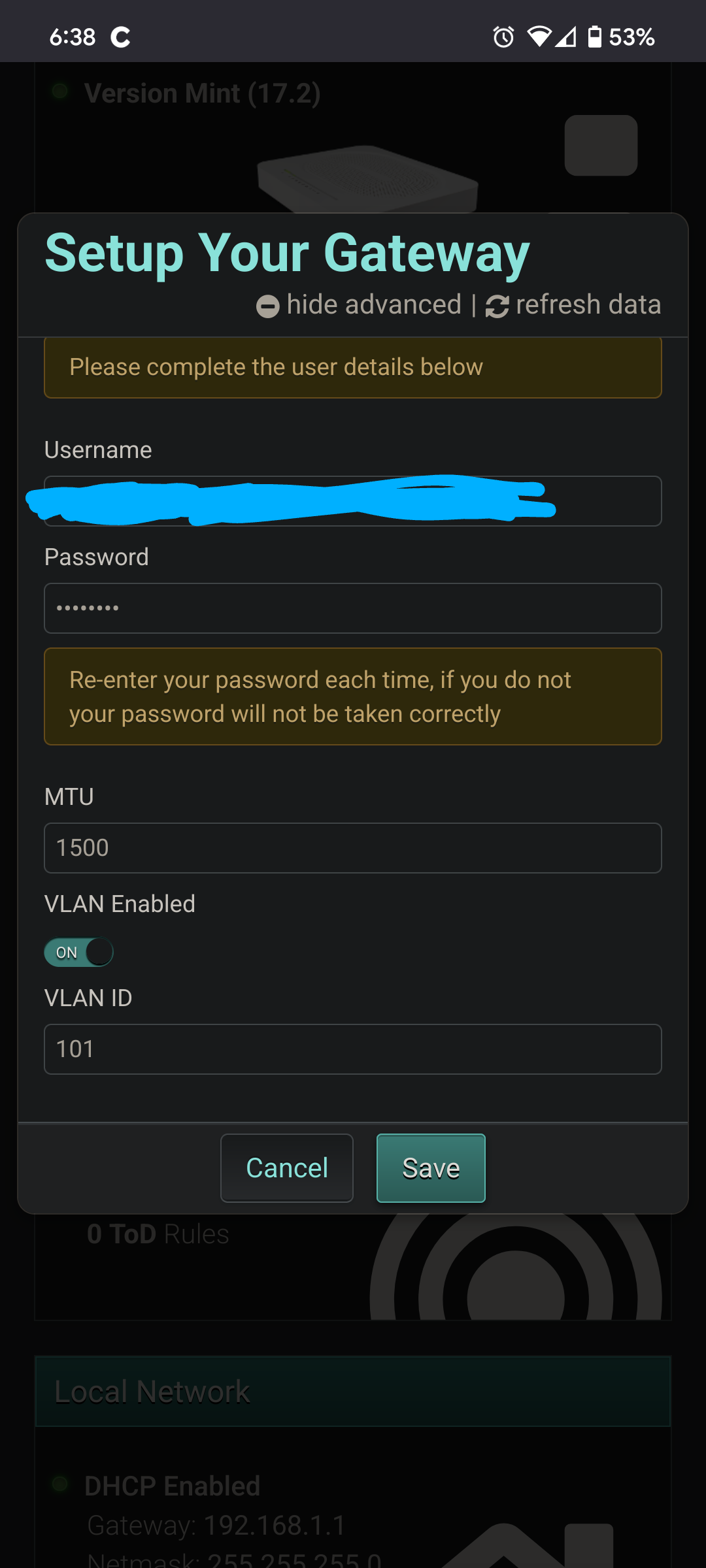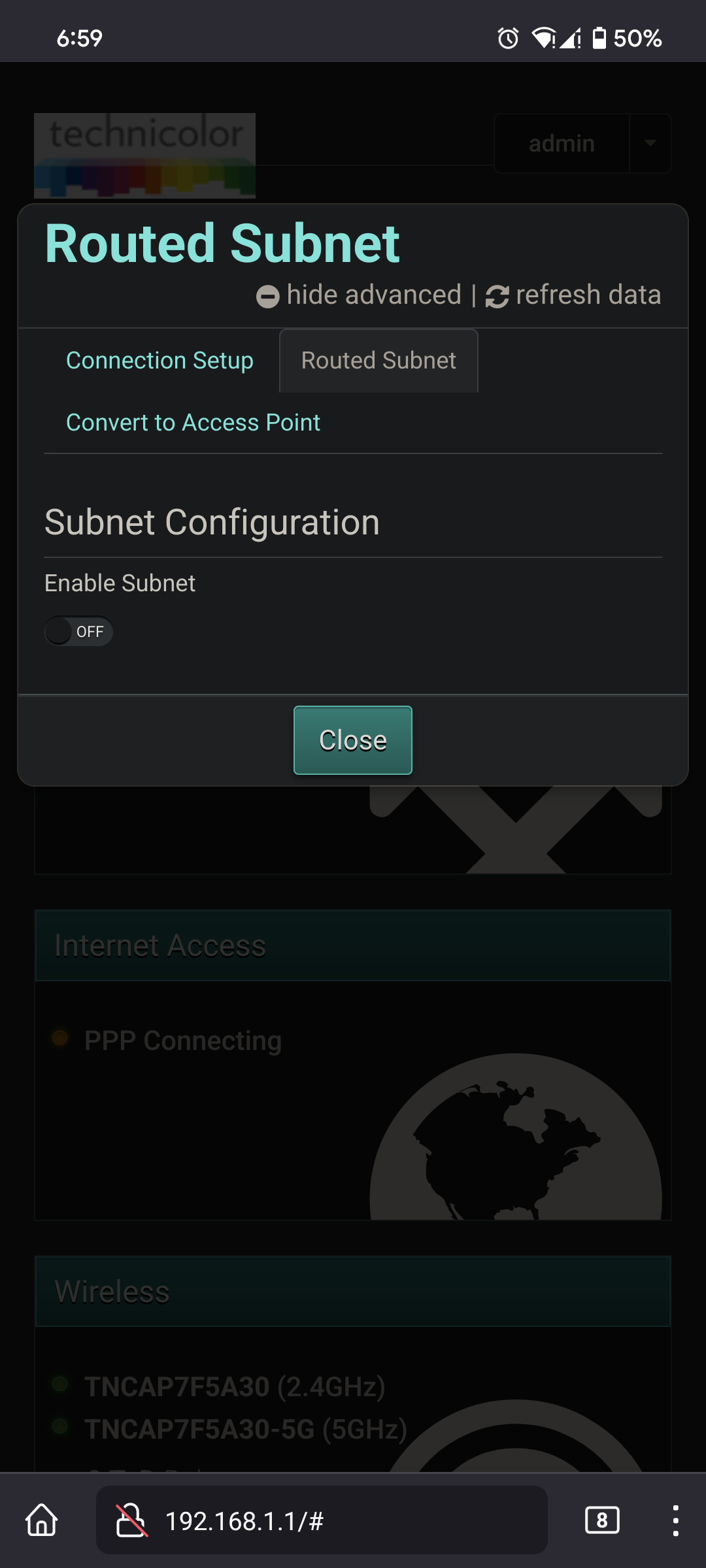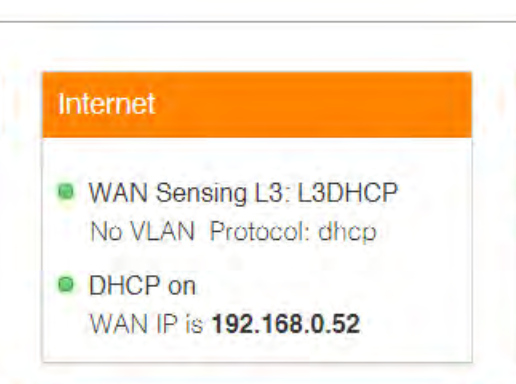Check if the router has the possibility to isolate the lan port. That way the port on the router can not talk to other devices in different ports or wlan.
Second possibility is to check if the router supports VLAN. If so you can put the TV or a port on a separate VLAN.
If all that is not possible, consider removing the cable and connect the tv wireless. That way you can put the tv on the guest WiFi network. That should come with isolation by default.
If you don’t want that either, you can resort to extra hardware. Any device with two lan ports could do. Make one port a dhcp based wan port connected to the current network and the other port goes to the tv. Run a dhcp server and nat and you have the tv isolated.
 I logged in and found this
I logged in and found this


 Can you log in, click on Internet, and take a screenshot (from a laptop)? Make sure to remove your public ip address form the screenshot. In your case it means remove ip addresses that does not start with 192.168.xxx.xxx
Can you log in, click on Internet, and take a screenshot (from a laptop)? Make sure to remove your public ip address form the screenshot. In your case it means remove ip addresses that does not start with 192.168.xxx.xxx